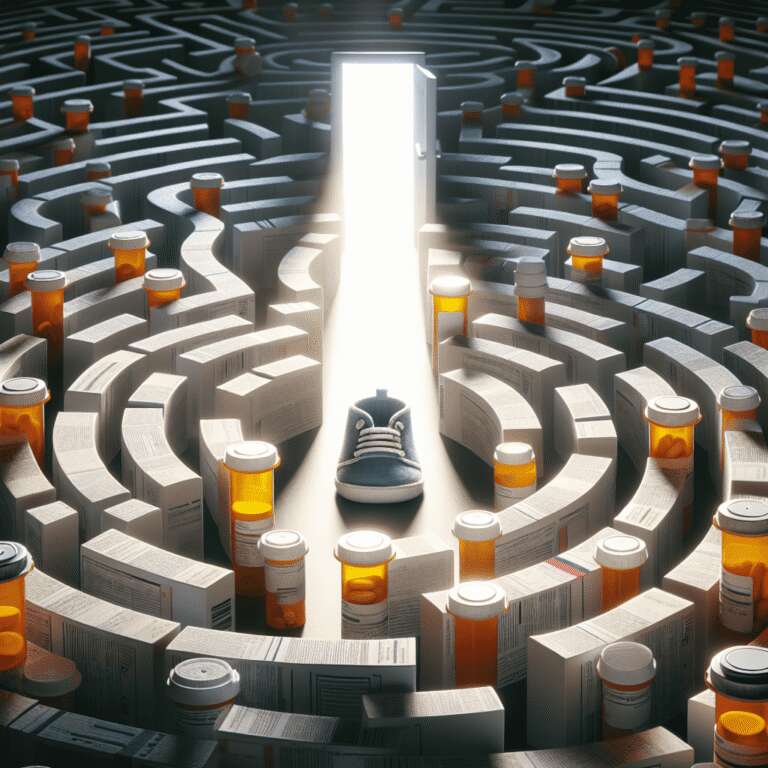Doctors recently made medical history by creating and administering a personalized gene-editing drug for a baby suffering from a rare and lethal metabolic disorder. The remarkable project, completed in under seven months, involved tailoring a bespoke gene editor to correct a unique gene mutation in Kyle ´KJ´ Muldoon Jr. This case marks the first time in which gene editing technology has been customized for an individual, demonstrating both the rapidly improving precision of new gene-editing tools and the promise of such approaches for extremely rare genetic conditions.
Despite the groundbreaking achievement, this innovation underscores escalating concerns about the commercial viability of personalized gene therapies. While gene editing could theoretically treat thousands of rare genetic disorders, the costs involved in developing a unique therapeutic for single-patient populations are prohibitive. This economic barrier has led experts to discuss an emerging crisis in gene-editing: although the science is advancing swiftly, the path to widespread adoption and market sustainability remains deeply challenging, particularly for ultra-rare conditions.
Meanwhile, legislative changes in Montana signal a significant shift in access to experimental medical therapies. The state has enacted a law clarifying how clinics can lawfully sell unproven, investigational treatments to any interested parties. This new Right to Try statute positions Montana as a potential US hub for experimental interventions, illustrating a growing trend nationwide—a movement toward greater access to unproven treatments outside traditional evidence-based protocols. While advocates argue this accelerates drug development and patient access, critics caution that it may undermine patient safety and medical standards. Collectively, these developments reflect the evolving landscape of biomedical innovation, where technical leaps and regulatory changes frequently challenge established norms and ethical frameworks.

